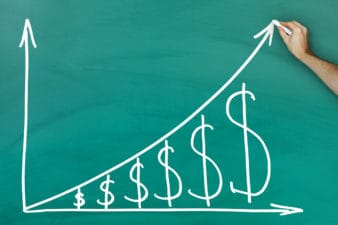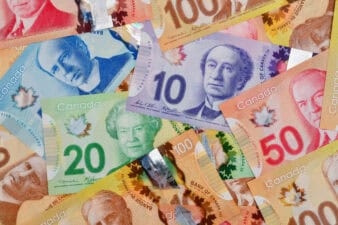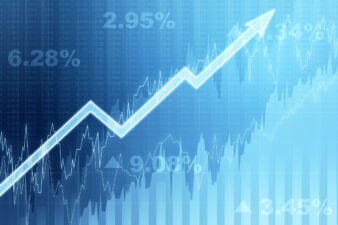Last week, the federal government announced a new $37 billion package to support Canadians in the Fall. Consisting of a four-week CERB extension, revamped EI, and a smattering of other benefits, the package was the most generous seen in months. As a result of the announcement, CERB recipients could get an additional $2,000–followed by $400 a week in EI after that.
The aid program comes with a whole host of benefits. Probably the most valuable is the Canada Recovery Benefit (CRB). Worth up to $10,400, it’s the most generous aid package announced since the CERB itself. And you don’t even need to be EI-eligible to get it.
Eligibility
The CRB is basically a type of EI. It’s administered by Service Canada and you apply for it just like you would EI. However, the eligibility standards are much laxer. If you’ve run out of EI eligibility, or are self-employed, you can receive a credit that tops up your hours. This can make you eligible with as little as 160 hours worked.
To sum up, the eligibility criteria you need to meet to get the CRB are:
- Have worked at least 160 hours in the past year.
- Be at least 15 years of age.
- Have a valid SIN number.
- Be ineligible for employment insurance.
- Have earned at least $5,000 in 2019 or the past 12 months.
- Be out of work–and not by choice.
How much you could get
The CRB will be available for one year. You may receive the benefit for half of that period (26 weeks). Therefore, the maximum amount you can receive in total will be $10,400. That’s assuming you never get re-hired. If you do, you may have to get off the program–although you can earn up to $38,000 and still get the full benefit.
An illustration of the value of $400 a week
Let’s face it: $400 a week is a fairly generous benefit. We can illustrate this by comparing it to the amount you’d get by investing your money.
Let’s imagine you held $100,000 in an ETF like the BMO Mid-Term Investment Grade U.S. Corporate Bond Index ETF (TSX:ZIC). ZIC is a bond fund that yields approximately 3% at current prices. At a 3% yield, you would get $3,000 back in income each year with $100,000 invested. That’s not a bad income supplement at all.
But with the CRB, you could get up to $10,400 in just six months. To get $10,400 in six months through an ETF like ZIC, you’d need to invest about $700,000. So the income available from the CRB is comparable to the dividends/interest on a fairly large investment portfolio.
Of course, investments have the advantage of not expiring. If you invested $100,000 in ZIC, you could get the $3,000 a year payout indefinitely. That’s not the case with the CRB. Nevertheless, we can see that the amount of money available through the CRB is substantial, by comparing it to the amount of money you’d need to invest to get the same payout.








